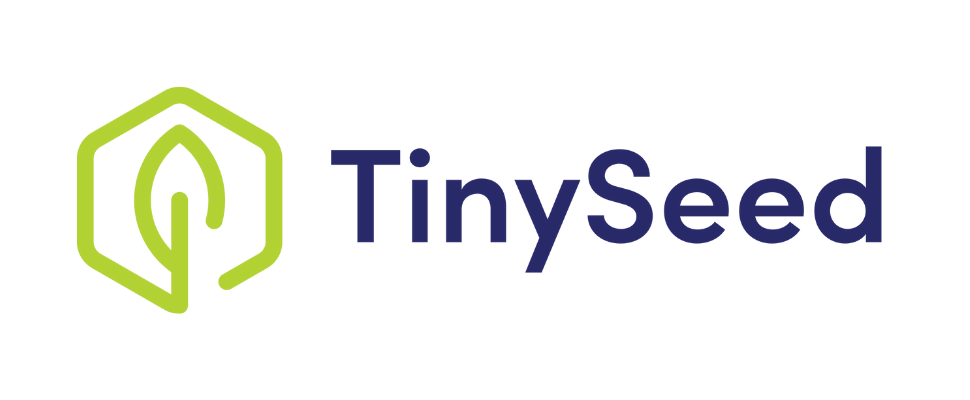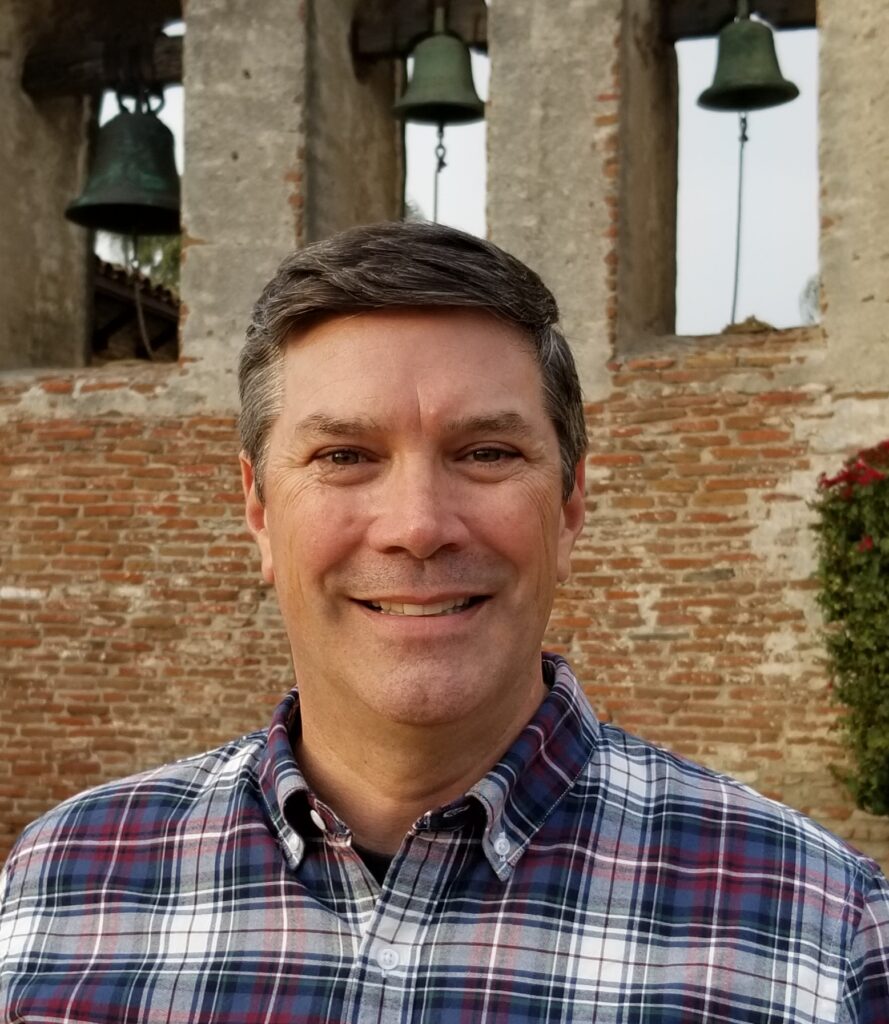Introducing Rich Benci from Omega Benefits
Q: Can you introduce yourself and tell us about Omega Benefits?
A: Absolutely, I’m Rich Benci, serving as the CEO of Omega Benefits. We specialize in creating benefit websites tailored for HR teams. These platforms enable HR professionals to disseminate benefit information effectively and engage with their employees. Our approach simplifies the communication process between HR departments and their workforce, targeting mid-sized companies ranging from 200 to 5,000 employees.
Q: What inspired this idea for your startup?
A: The inspiration for Omega Benefits stemmed from my previous experience at a boutique agency that developed comprehensive communication campaigns for HR teams of large enterprises. These campaigns often cost between $20,000 and $50,000, making them inaccessible to smaller companies. Realizing there was a significant demand for similar services tailored to the needs of smaller clients, Omega Benefits was born out of the necessity to bridge this gap in the market.
Why TinySeed?
Q: How did you come to know about TinySeed and decide to apply?
A: About a year and a half into running Omega Benefits, when we were generating around $8,000 in monthly recurring revenue, I began exploring options to raise funds to accelerate our growth. It was around this time that TinySeed was recommended to me by an acquaintance. Given the scarcity of funds that specifically cater to B2B SaaS companies, TinySeed stood out due to its focused investment strategy. The timing couldn’t have been better, as I learned about them just three weeks before their spring application cycle was set to begin.
Q: What was your experience with the TinySeed application process?
A: Compared to other funds I’ve applied to, TinySeed’s process was exceptionally smooth and straightforward. Their deep understanding of their niche—B2B SaaS companies with proven product-market fit—made the application clear and concise. TinySeed’s application consisted of just 20 questions, reflecting their efficiency and focus. My company fitting squarely within their investment criteria created a perfect match. Beyond the application, TinySeed’s community aspect appealed to me; they are keen on mentoring startups, even those that might not immediately fit their investment profile, which I found incredibly valuable.
Q: What does the interview process look like after applying to TinySeed?
A: After making it through the initial application, candidates face two interviews. The first is with a program manager who conducts a vetting process beyond what’s presented on paper, focusing on the broader context of the applicant’s business. If deemed a good fit, the next step involves discussions with the two principals of TinySeed. These conversations last between 20 to 30 minutes and are characterized as supportive, fostering a friendly atmosphere regardless of the outcome. This approach stands in contrast to the often cutthroat nature of the venture capital world, emphasizing a community and supportive environment even for those who don’t proceed in the program.
The Accelerator’s Investment Terms
Q: Can you explain how TinySeed’s accelerator program works, especially regarding funding?
A: TinySeed’s model involves a direct equity investment, targeting a 10% stake in the participating companies. The investment is based on the company’s valuation, so, for example, a $100,000 investment would be made in a company valued at $1 million, alongside mentoring and other support programs. While TinySeed’s investment might not be the least expensive in terms of equity, its valuations are considered very fair by both myself and other founders. The standard target for TinySeed is a 10% equity stake, although there might be some flexibility around this figure. Their support extends beyond looking for rapid exits or unicorns; they value sustainable growth, whether through an eventual exit or as a profitable lifestyle business. For those opting for the latter, TinySeed has a unique payback scheme based on dividends, calculated on the founder’s salary exceeding a certain threshold, ensuring a fair return on their investment without forcing a premature exit.
A Day in the Life at TinySeed
Q: Could you describe a typical day in the TinySeed program and its structure?
A: TinySeed places a significant emphasis on the first year of the program, ensuring that new founders receive comprehensive support and guidance. As a founder who joined in the spring of 2023, my experience has been highly structured, especially during the initial three months. TinySeed provides a robust playbook featuring video learning followed by live Q&A sessions. These sessions involve all the founders in the current round engaging directly with TinySeed’s principals, fostering a collaborative learning environment.
Q: How does the program work?
A: The program operates on a bi-weekly cadence, releasing modules on critical topics like sales and pricing strategies, and then discussing these in depth. What sets TinySeed apart is its flexibility and respect for founders’ autonomy. All activities are remote, eliminating the need for relocation and allowing founders to integrate the program into their existing commitments seamlessly. Attendance isn’t mandatory, and there’s an understanding that founders are mature enough to manage their participation without penalty for absences.
As the program extends over a full year, TinySeed continuously offers opportunities for learning and development. This includes special sessions with guest experts on topics relevant to B2B SaaS businesses, like product demos, exclusive to the cohort of founders. These sessions are interactive, focusing on answering specific questions from founders, which enriches the learning experience and directly benefits our individual ventures.
TinySeed’s Impressive Program Structure and Areas for Improvement
Q: What aspect of TinySeed’s program impressed you the most?
A: A standout feature of TinySeed’s approach is its founder-centric philosophy. Unlike many angel investors who may discourage founders from drawing a salary from their investments, TinySeed actively encourages it. They recognize the importance of allowing founders to dedicate their full attention to their businesses without financial distractions. This mindset is instrumental, especially for founders transitioning from part-time to full-time commitment to their startups. TinySeed’s investment enables founders to focus wholly on their business, fostering growth and stability. This supportive stance towards ensuring founders can make a living and sustain their businesses full-time was a significant highlight for me.
Q: Are there areas where TinySeed could improve?
A: Reflecting on potential areas for improvement, it’s challenging to pinpoint shortcomings due to TinySeed’s responsive and iterative approach to feedback. However, one aspect that could benefit from additional focus is the management of cash flow and accounting. TinySeed operates on the principle that founders are responsible for their back-end operations, including accounting, which is undoubtedly important. However, a more structured support system or resources in this area could further aid founders, especially those who might not have strong backgrounds in finance.
Q: How does the virtual nature of the program impact networking and community building?
A: Despite the primarily online format of TinySeed’s program, the opportunities for networking and community engagement are robust. TinySeed organizes in-person gatherings and kickoff events, providing a platform for founders to connect. Moreover, they have instituted bi-weekly mastermind sessions within the founder cohorts, fostering close ties, accountability, and support among peers. This structure effectively counters potential isolation, ensuring founders build valuable relationships and share experiences, which is critical for personal and business growth.
Omega Benefits’ Growth and Ongoing Connection with TinySeed
Q: How has your company progressed since joining TinySeed?
A: Since embarking on our journey with TinySeed, Omega Benefits has seen substantial growth, moving from $8,000 to $18,000 in monthly recurring revenue within ten months. While some of this growth might have occurred independently, TinySeed’s influence on our trajectory is undeniable. The point of investment marks a clear inflection in our MRR graph, showcasing a steeper climb post-engagement. This success is a testament to both the financial investment and the mentorship received, which have been pivotal in enhancing my capabilities as a CEO and leveraging the investment in marketing and sales initiatives effectively.
Q: Can you describe how your relationship with TinySeed has evolved and what post-accelerator support looks like?
A: With just two months left in the structured program, it’s clear that the relationship fostered with TinySeed extends beyond any formal conclusion. The community and support network persist indefinitely, evidenced by my recent attendance at an in-person event primarily attended by alumni from earlier cohorts. Although TinySeed does not engage in follow-on investments, it remains actively involved in facilitating founder connections within the community. This is largely achieved through vibrant Slack channels and webinars tailored to TinySeed founders, fostering a dynamic environment for ongoing engagement. The philosophy here is one of mutual growth and support, encouraging founders to leverage the collective wisdom and resources available within the TinySeed ecosystem long after the official program ends.
Advice for Prospective TinySeed Applicants
Q: What advice do you have for founders considering applying to TinySeed or similar accelerators?
A: For anyone contemplating applying to TinySeed or any other accelerator, my advice is straightforward: do not hesitate. The application process itself is incredibly valuable, offering insightful feedback about your business. It serves as a mirror, reflecting the strengths and areas for improvement. If you find common themes in the feedback, particularly regarding weaknesses, it’s crucial to take that seriously and address those areas. Engaging with the application process is a no-lose situation, providing a learning experience that can significantly benefit your business regardless of the outcome.


